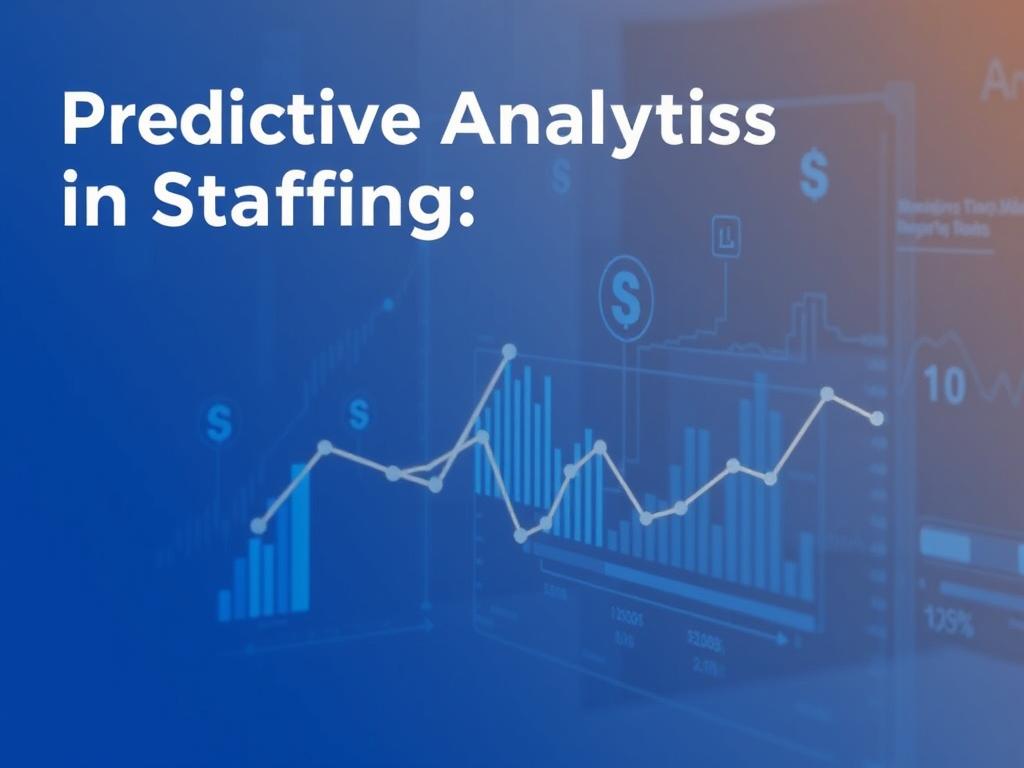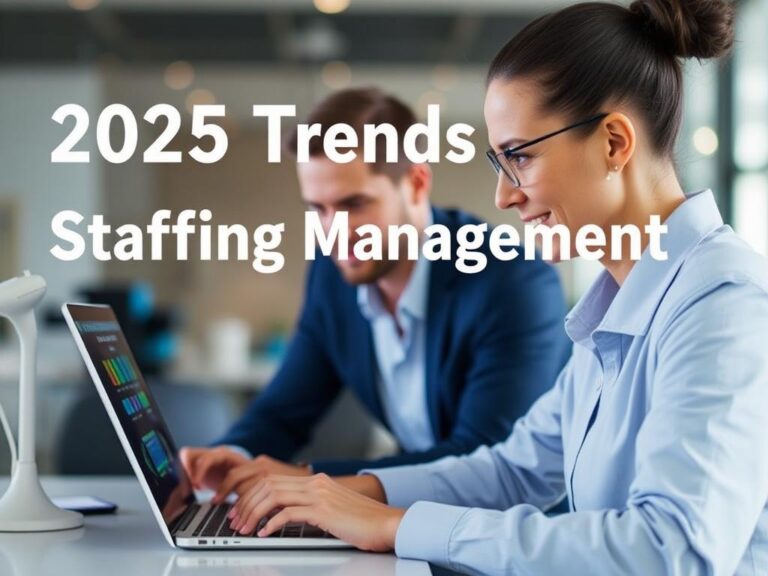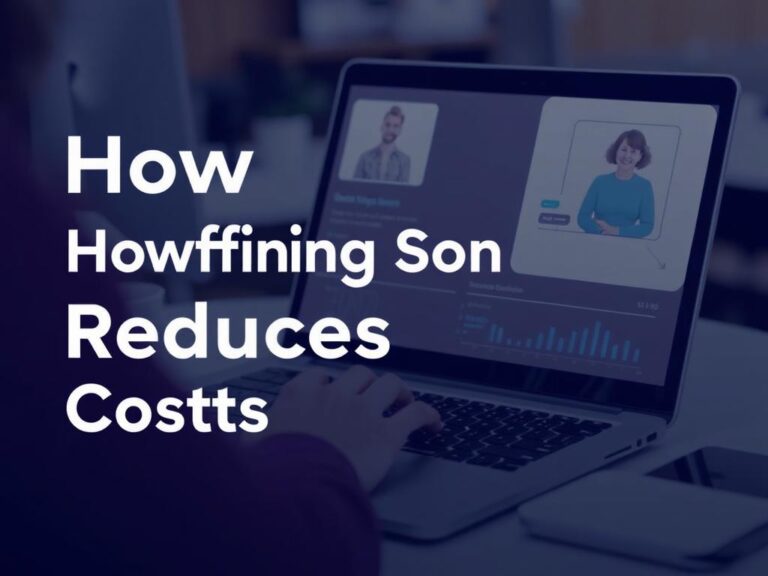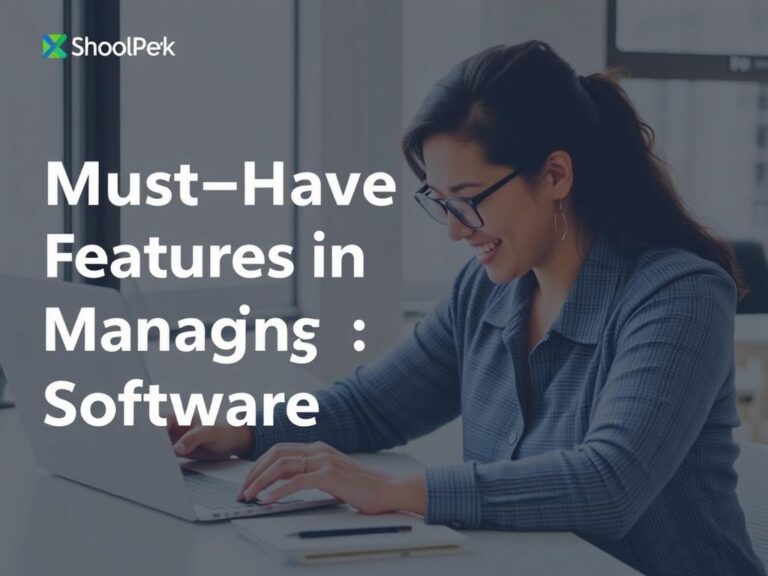Predictive Analytics in Staffing: What’s Next?
In the ever-evolving world of human resources and talent acquisition, predictive analytics has become a game-changer. Companies no longer rely solely on gut feelings or traditional hiring methods; instead, they leverage data-driven insights to forecast hiring needs, predict candidate success, and streamline staffing processes. But as technology advances, what’s next for predictive analytics in staffing? How will this tool continue to reshape how organizations find, hire, and retain talent? Let’s dive into the future of predictive analytics and explore the exciting possibilities that lie ahead.
Understanding Predictive Analytics in Staffing
Predictive analytics uses data, statistical algorithms, and machine learning techniques to identify the likelihood of future outcomes based on historical data. In staffing, this means analyzing resumes, employee performance, turnover rates, and even external factors like market trends to make smarter hiring decisions.
For example, by analyzing past hiring data, predictive models can pinpoint which candidates are most likely to succeed in a specific role or identify departments at risk of high turnover. Businesses benefit from reduced recruitment costs, improved employee retention, and increased productivity—critical factors in today’s competitive job market.
Key Applications of Predictive Analytics in Staffing
- Candidate Screening and Selection: Predictive tools assess candidate profiles to shortlist those who fit best, saving time and enhancing quality.
- Workforce Planning: Data forecasts future staffing needs, helping HR teams prepare for growth or downsizing.
- Employee Retention: Models identify employees likely to leave, enabling proactive interventions.
- Diversity and Inclusion: Analytics detects biases in recruitment to promote fair hiring practices.
Challenges and Ethical Considerations
While predictive analytics in staffing offers tremendous advantages, it also brings challenges. One significant concern is bias in data. If historical hiring data reflects past prejudices, predictive models can inadvertently perpetuate discrimination, whether based on gender, ethnicity, or age. Ensuring fairness and transparency in algorithms is crucial for ethical, inclusive hiring practices.
Additionally, privacy issues arise when analyzing personal candidate or employee data. Organizations must handle data responsibly, securing consent and complying with regulations like GDPR. Another challenge is the risk of over-reliance on data, which might overlook important human factors like cultural fit or emotional intelligence.
How Companies Can Address These Challenges
- Conduct regular audits of predictive models to detect and correct biases.
- Implement transparent algorithms that can be explained and justified.
- Ensure candidate data privacy through robust cybersecurity measures.
- Complement analytics with human judgment for well-rounded decisions.
The Future: What’s Next for Predictive Analytics in Staffing?
The future of predictive analytics in staffing is bright, fueled by advancements in artificial intelligence (AI), machine learning, and big data. Here are some key trends to watch:
1. Integration with AI-Driven Recruitment Tools
AI-powered chatbots and virtual assistants are becoming common in recruitment, providing real-time interactions with candidates. When combined with predictive analytics, these tools can offer personalized candidate experiences, automatically filter applicants, and even predict the likelihood of candidate engagement and success.
2. Real-Time Talent Market Insights
Predictive analytics will increasingly incorporate real-time external data, such as labor market conditions, economic shifts, and social trends. This dynamic insight allows companies to adjust staffing strategies promptly to stay ahead of talent shortages or surpluses.
3. Enhanced Employee Lifecycle Analytics
Going beyond hiring, predictive analytics will cover the full employee lifecycle—onboarding, performance monitoring, career development, and exit analysis. This holistic approach helps organizations optimize workforce productivity and morale continuously.
4. Personalized Workforce Development
By predicting skills gaps and employee potential, companies can customize training and development programs. This not only boosts individual growth but also aligns employee capabilities with strategic business goals.
5. Collaborative and Transparent Analytics Platforms
Future staffing analytics will likely emphasize collaboration, allowing HR teams, managers, and employees to access understandable insights. Transparency fosters trust in analytics tools and encourages data-informed decision-making at all organizational levels.
Predictive Analytics Tools and Technologies in Staffing

The landscape of tools supporting predictive analytics in staffing is growing rapidly. Here’s a comparative look at some popular categories:
| Tool Category | Primary Function | Strengths | Challenges |
|---|---|---|---|
| Applicant Tracking Systems (ATS) with Predictive Features | Resume screening, candidate scoring | Automates initial candidate assessment, integrates with HRIS | Can miss nuanced candidate qualities, risk of embedded biases |
| Talent Management Platforms | Employee performance and retention forecasting | End-to-end employee lifecycle analytics | Complex setup, requires quality internal data |
| AI-Driven Recruitment Bots | Real-time candidate engagement, interview scheduling | Improves candidate experience, efficient communication | Limited in complex decision-making, can feel impersonal |
| Workforce Planning Software | Future staffing needs forecasting | Aligns talent supply with business strategy | Must be regularly updated with market data |
Skills HR Professionals Need to Harness Predictive Analytics
With the predictive analytics trend growing, HR professionals need to expand their skill set beyond traditional recruiting. The following skills become essential:
- Data Literacy: Understanding how to interpret analytical reports and read data trends.
- Technology Savvy: Familiarity with HR software and AI tools.
- Critical Thinking: Balancing data insights with human judgment and intuition.
- Ethical Awareness: Ensuring fairness and compliance with data privacy laws.
- Communication Skills: Explaining data-driven decisions to stakeholders clearly.
Training and Development Opportunities
Many organizations are investing in upskilling HR teams through workshops, certifications, and partnerships with technology providers. Online courses in data analytics for HR and AI in recruitment are increasingly popular. Embracing continuous learning helps HR professionals stay ahead in this data-driven environment.
Conclusion
Predictive analytics in staffing is more than just a passing trend—it is transforming how companies recruit, develop, and retain talent. As technology progresses, predictive models will become more accurate, ethical, and integrated across the employee lifecycle, providing strategic insights that drive better business outcomes. However, the future success of predictive analytics depends on balancing data with human values, ensuring transparency, and empowering HR professionals with the right skills. By embracing these tools thoughtfully, organizations can unlock the true potential of their workforce and stay competitive in a rapidly changing world.






